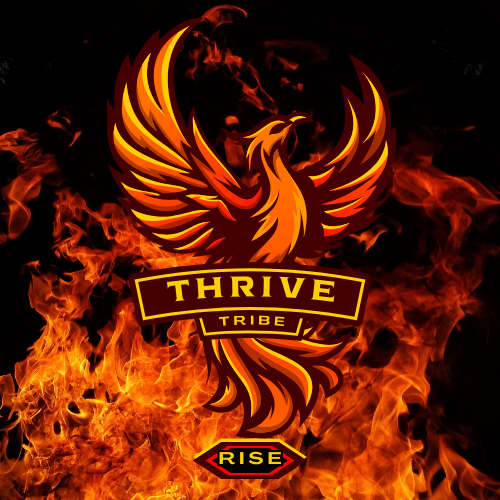The whole idea of grounding technology might sound like something out of a sci-fi movie, but it’s actually a really cool concept with some solid science backing it up. Grounding, also known as earthing, is all about reconnecting with the Earth, aiming to reduce stress and improve well-being by syncing up our bodies with this natural charge.
So, how does this all work in our fast-paced digital lives? Essentially, grounding technology like earthing mats and grounding straps allow you to connect to the Earth’s electric field. This connection might help neutralize free radicals and reduce inflammation, which can be a game-changer for folks tied to their screens all day.
When you think about types of grounding technologies, there are a few that stand out. Earthing devices, for instance, can be as simple as mats you stand on while working or even sheets on your bed. There’s also grounding footwear which is basically shoes with conductive soles designed to connect you with the Earth as you walk around outside.
Let’s talk real-world impact. There are loads of stories about grounding technologies improving lives. From everyday people reporting less stress and better sleep, to athletes using these techniques to speed up recovery, the benefits seem pretty convincing. While more research is always welcome, it’s fascinating to see how these tools integrate with our digitally saturated lifestyles.
Navigating the Digital World: Striking a Balance
In a world where scrolling and double tapping are second nature, keeping a balance between tech and real life can be tough. The digital world has woven itself into nearly every aspect of our lives. It’s all too easy to lose track of time with endless feeds and notifications demanding our attention.
Digital overload is real, folks. You might notice you’re exhausted, stressed, or feeling disconnected even after spending hours online. These are all signs that the continuous whirl of digital interaction is taking a toll on your mental and physical health.
Finding that sweet spot where technology serves us rather than the other way around isn’t as hard as it sounds. It’s all about setting boundaries. Limit your screen time, prioritize hanging out with friends, and take regular breaks to stretch or step outside. Making these small changes will seriously help you feel more grounded and less frazzled.
Achieving this balance brings some serious perks. Mental clarity improves, stress levels drop, and relationships get a boost when you’re really present with the people around you. It’s not just life online that’s important, but those offline moments where genuine connections are made.
Embracing Digital Grounding for a Harmonious Future
Digital grounding is like taking a deep breath amidst the chaos. It involves adopting practices that help you disconnect and recharge from tech overload. By creating space for mindfulness, you can better appreciate the tech-free moments, which makes your digital interaction way more intentional.
Setting up a personal grounding routine isn’t mystical or complex. Start small by dedicating certain times of the day as ‘tech-free’. Mornings are perfect for a no-phone start, giving you time to wake up without the rush of notifications. Or set up zones in your home where digital devices are off-limits, allowing these spaces to become serene retreats.
There’s a ton of tools and apps out there that can help you stick to digital grounding. Apps that track screen time, offer guided meditations, or nudge you to take tech breaks are fantastic support. They act as gentle reminders, facilitating a more balanced digital consumption.
Looking ahead, the concept of digital grounding isn’t going anywhere. As tech continues to evolve, so do the methods we use to keep ourselves balanced. The future holds exciting trends, like augmented reality experiences aimed at relaxation and wearable tech that prompts moments of mindfulness. These innovations will help ensure that while we grow more connected in a digital sense, we don’t lose that essential connection with ourselves.
